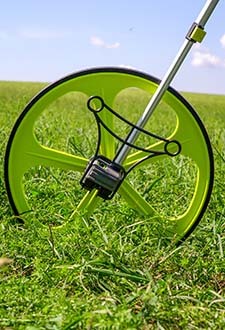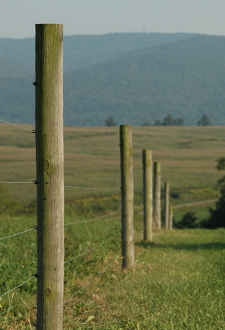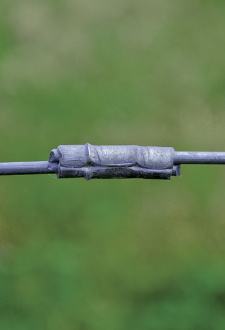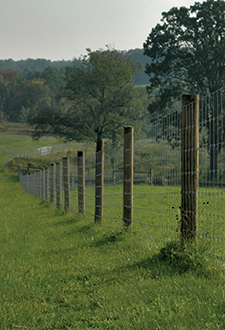BLOG
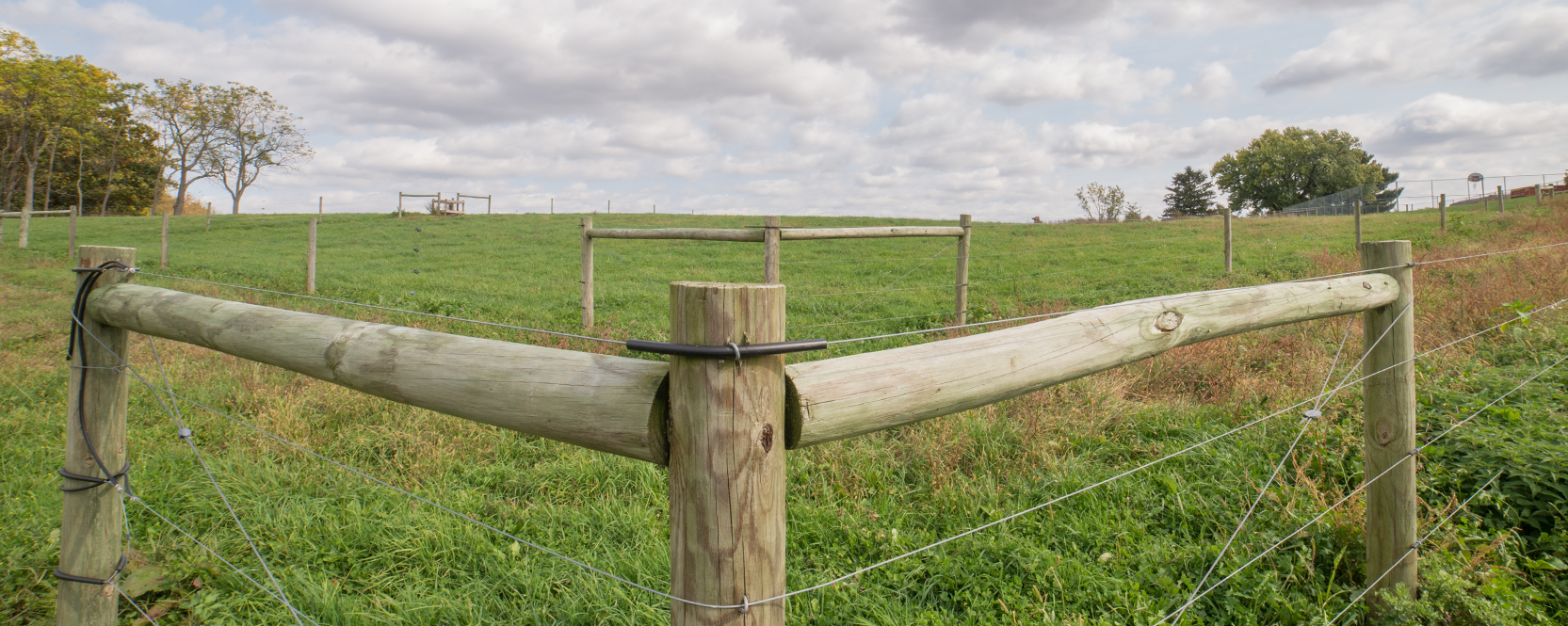
Figuring Out Fencing
They say, “good fences make good neighbors,” but they improve quality of life for the owner as well. Fencing can be an asset when done correctly or a massive hassle done incorrectly. Kencove Farm Fence is committed to providing quality products and technical know-how to ensure your fence fits your context and makes chores easier. Kencove has been helping customers build a better fence for over forty years and over that time certain principles have proven true. Here are a few tips from Kencove to help with figuring out fencing!
Play Match Maker
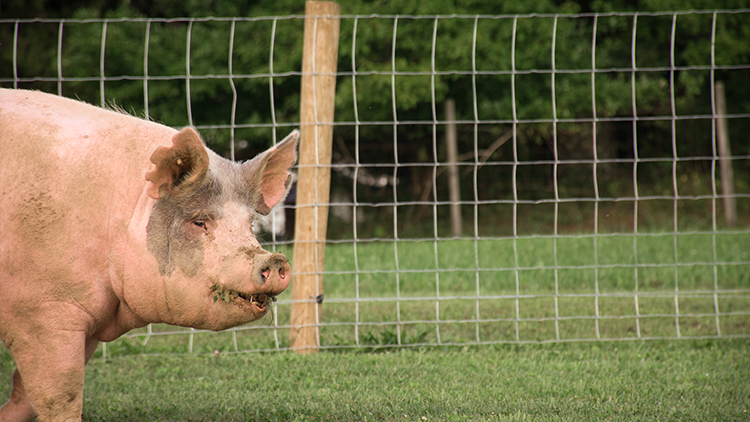
No two species are the same — they differ in size, diet, and how they’ll interact with fencing. Cattle, for example, express curiosity by sniffing objects with their wet noses. When that object is an electric fence, they establish a respect for it! Cattle tend to be easier to contain than other species, but these innate differences require managers to match the behavior of their livestock to an effective fence system.
Woven wire is a great physical barrier for livestock and comes in a variety of options that are species specific. For equine applications, the tight pattern of 2x4 woven wire eliminates any chance of hooves slipping through the fence. Sheep and goats are effectively contained within 4x4 woven wire while cattle applications allow for wider stay spacing which is often more economical.
Combining the physical barrier of woven wire with the psychological barrier of an offset electric fence strand allows for the best of both worlds. Whether choosing high tensile wires, electric twine, or a woven wire configuration, consider the spacing between horizontal strands. This is often described as “graduated” when the spacing between wires starts closer together at the bottom and expands gradually towards the top strand. Graduated spacing is a great solution for multispecies containment.
Don’t Cut Corners... Brace Them
Bracing is everything. Period. Whether building a high tensile perimeter or a temporary division with electric twine, it will only be as strong as its bracing!
We all want easier or cheaper methods, but it will be well worth the investment to build adequate bracing. Your reward for the investment will be an attractive long-lasting fence, happy neighbors, and peace of mind. Industry standard “H-braces” are built with wood posts and that can brace high tensile and woven wire fences, while light-duty applications allow more creative options. Kencove Product Specialists can help you design braces that suit your specific needs!
Size Matters
Size is important not only for the dimensions of your fence but also for electrification. Manufacturers often inflate the ability of a unit boasting it can electrify “up to X miles of fence!” Where marketing jargon overestimates, the output joule rating tells the whole story. As a rule of thumb, you’ll need one output joule per mile of fence.
Grounding is the other half of the formula. A ground bed should consist of at least three feet of grounding for every output joule. Place the ground bed at least fifty feet away from any existing ground beds and place the rods ten feet apart. Moisture is key— a damp area that retains moisture makes the best ground bed. It may be necessary to water the ground bed in dry conditions.
Train to Contain
Once a fence system is properly braced, energized, and grounded, it’s time to introduce livestock! Unloading new animals into your fence can be a smooth transition or a rodeo. The goal should be low-stress initiation within adequate infrastructure. Minimize noise and moving objects that may startle animals! This will discourage them from finding their own way out of your fence.
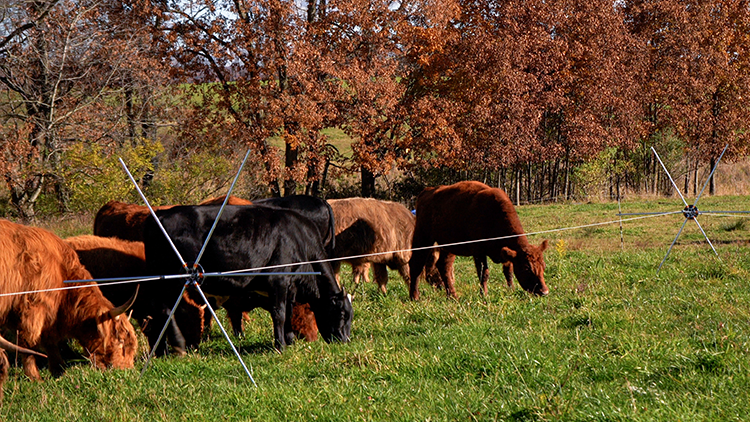
It is best to acclimate livestock to your system before releasing them into open pasture. A holding facility, whether a corral or strong containment fence, is ideal for offloading and training. During this training period, the exterior fence or corral will provide the physical barrier while electric fencing introduces the psychological element. This is often accomplished by dividing the holding area with temporary electric strands that go most of the way across. Incentives like water, feed, or minerals can be placed on opposite sides of the holding area to encourage animals to explore while navigating the electric divider. In some cases, it may be best to start with multiple electric strands and work down to the desired number of strands. Bait or lures, like peanut butter or molasses on the electric strands may be used to heighten the learning experience.
Seeing is Behaving
Once animals acknowledge electric fencing, refocus on visibility. A highly visible fence will result in fewer issues and mishaps. Color choice, diameter of material, moving fence flags, etc., can all enhance visibility. This is especially important in areas where animals will be moving quickly, turning corners, or when establishing fence along wildlife highways. No animal likes surprises. High visibility yields low stress.
No Substitute for Maintenance
A fence is like a vehicle, it needs proper maintenance to work efficiently. Deer traffic, falling trees, flood debris, and other factors take a toll on your fence. It’s good practice to survey your fence now and then and repair any damage.
While it’s easier to assume an energizer isn’t working properly when you experience low voltage, that’s not usually the case. Most often the issue is located on the fence line. A faulty energizer can be ruled out in just a few minutes. First, turn off or unplug the energizer. Disconnect the lead wire from the positive terminal on the energizer but leave the ground lead connected. When you turn the energizer on or plug it in, let it continue through its startup sequence. Next, use a fence tester to take a voltage reading on the positive terminal. If the reading is 7.0kV or higher, the energizer is in working order and the issue is with the fence line. If the reading shows less than 7.0kV, the unit likely needs repaired or replaced.
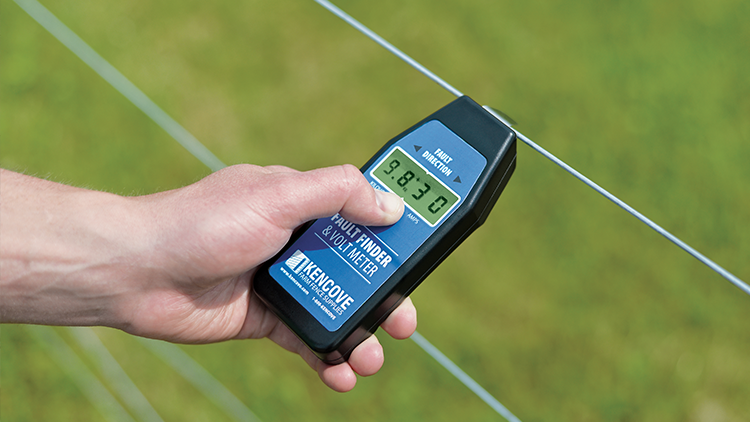
When looking for the culprit on your fence, a fault finder is the best tool for the job. A fault finder will show you the voltage and amperage readings as well as directional arrows indicating the direction of the fault. You’ll want to see high volts and low amps on your electric fence.
Fencing isn’t rocket science, but it helps to know a thing or two before jumping in with both feet! Whether you need design suggestions, material quotes, or installation training, trust the professionals at Kencove Farm Fence to help you build a better fence!
Visit www.kencove.com and the Kencove YouTube channel for more fencing tips and expert advice.



